ECHO: Digital Twin Platform
ECHO is a digital twin platform designed to transform huge amounts of data into an intuitive tool for urban planning and crisis management.
Project Overview
When I worked on ECHO, it was a very sophisticated platform built on a Cesium synthetic environment, designed to empower data-driven decision-making for complex urban and crisis management scenarios. At its core, ECHO utilizes Digital Twin technology, a virtual replica of a physical environment. The goal was to enable city planners, emergency services, and infrastructure managers to visualize data, simulate outcomes, and optimize city-wide operations in realtime. It was built to transform huge and complex datasets into an intuitive, interactive, and actionable tool for critical decision making.
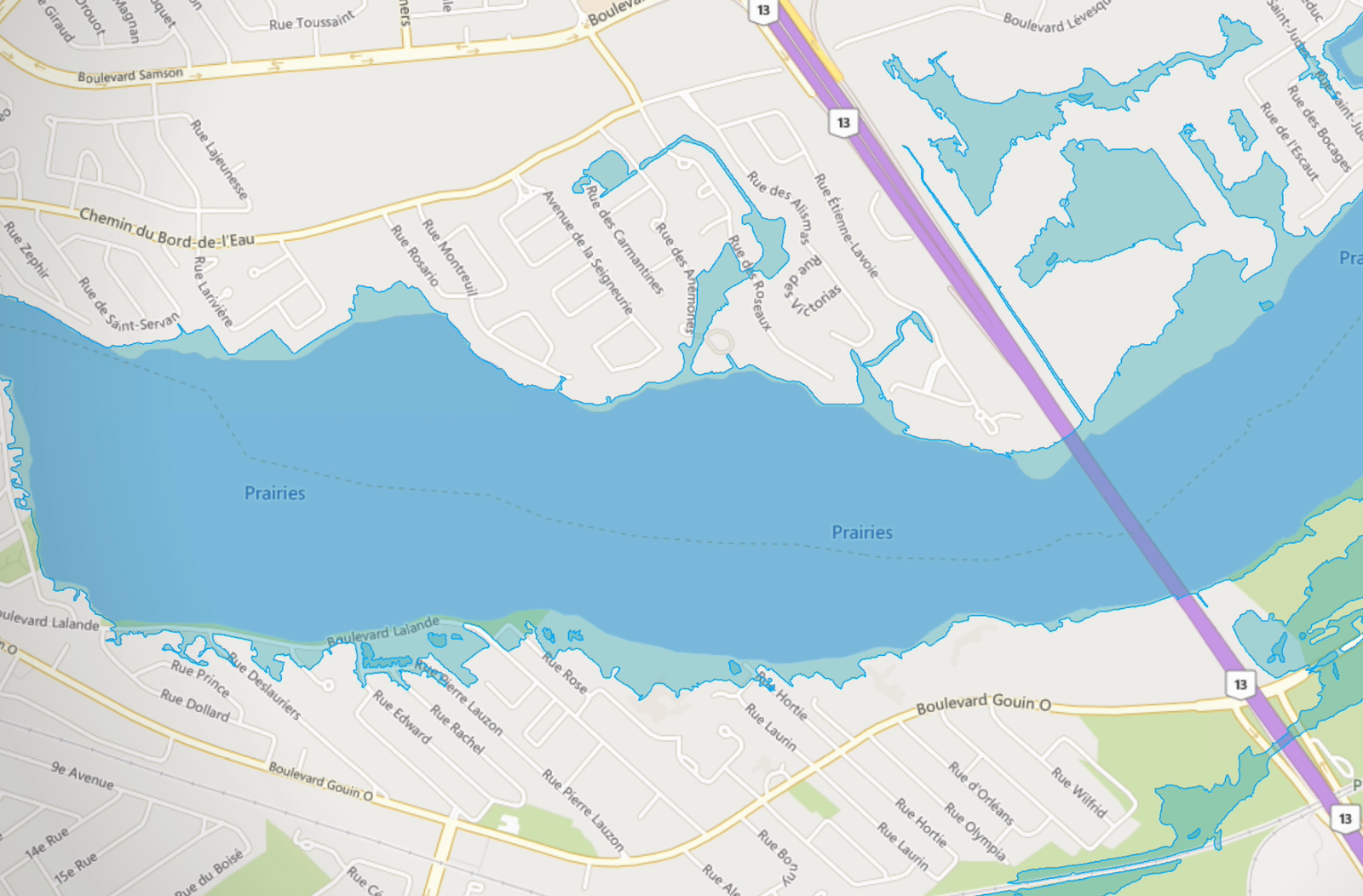
My Role
Sr. UX Designer (Lead)
Responsibilities
Research, UX Strategy, Prototyping, Usability Testing
Timeline
9 Months
The Challenge
Traditional urban and emergency planning methods are often slow, soiled, and unable to effectively process the massive amounts of data generated by a modern city. The primary challenge was to design a platform that could synthesize this complex information into a single, cohesive view. We needed to create an experience that would allow non-technical users to confidently make high-stakes decisions related to crisis management, urban planning, and infrastructure optimization, moving beyond outdated processes to a modern, data-driven approach.
My Role and Responsibilities
As the Senior UX Designer on the ECHO project, I was responsible for leading the end-to-end design process. My key responsibilities included:
- Conducting user and stakeholder research to define project goals.
- Planning and facilitating collaborative design workshops.
- Translating workshop findings into user flows and information architecture.
- Creating sketches, wireframes, and high-fidelity, interactive prototypes for testing and stakehodlers feedback.
- Planning and executing usability testing sessions to validate and refine the designs.
The Design Process and Journey
We followed a user-centered design methodology to ensure our solutions were grounded in real-world needs and aligned with both user and business goals.
Step 1: Discovery and Research
The project began with a discovery phase focused on understanding the core problem and aligning the team around a shared vision.
- Defining Goals: We established clear business and product goals. The primary business goal was to enable data-driven decision-making, while the product goal was to empower users by giving them a tool that was both powerful and intuitive.
- User Research: We identified our key user groups, which included city planners, emergency response managers, and infrastructure specialists. Understanding their distinct needs and pain points was crucial to designing a flexible and effective platform.
- Collaborative Workshops: I facilitated a series of design thinking workshops with key stakeholders. These sessions were instrumental in mapping out the user's world, brainstorming initial ideas, and ensuring all parties were aligned on the project's direction. The findings from these workshops formed the foundation of our design strategy.
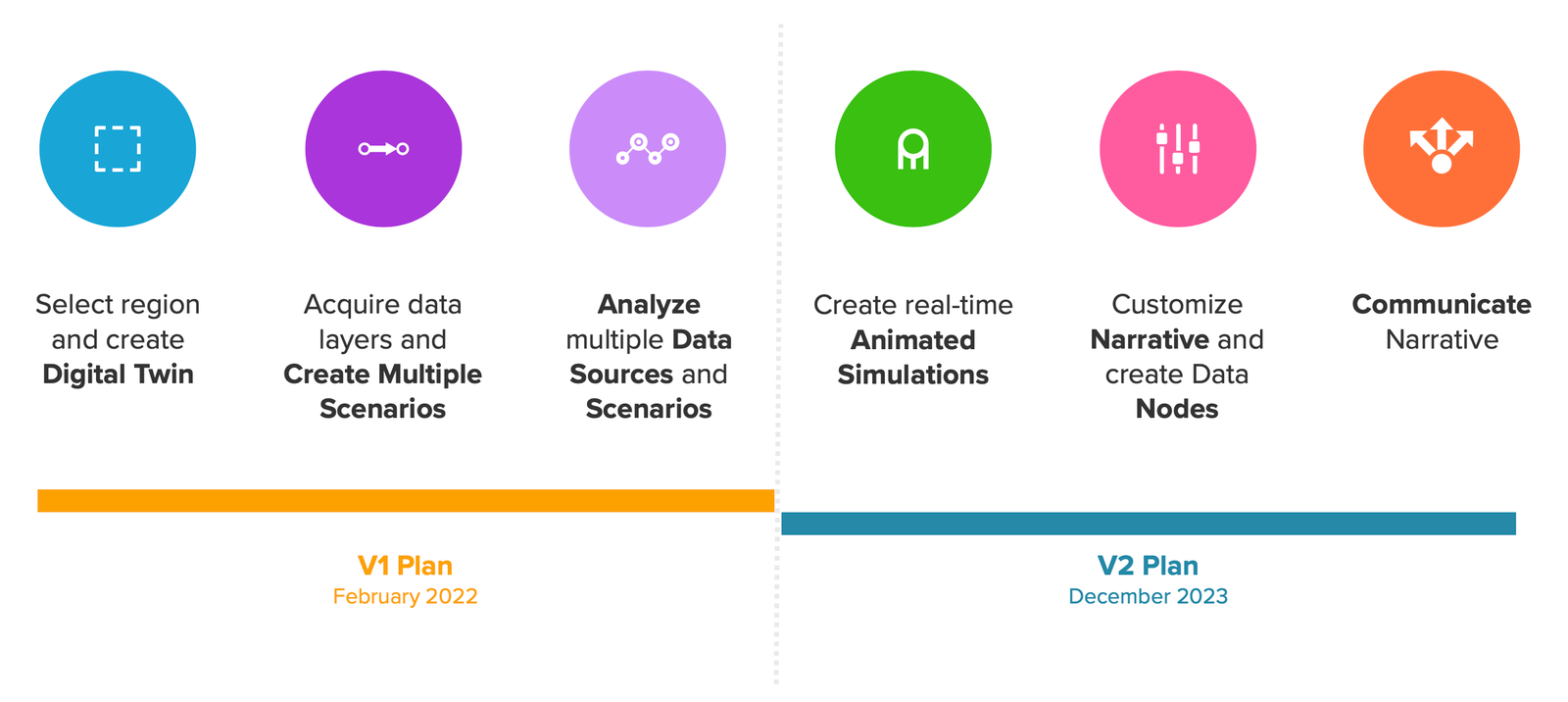
Phase 2: Ideation and Design
With a clear strategy in place, we moved into the design and prototyping phase, translating our research insights into a tangible user experience.
- Sketches and Wireframes: I began by creating low-fidelity sketches and wireframes to quickly explore different layouts and user flows. This allowed us to iterate rapidly on the core structure of the platform without getting bogged down in visual details.
- High-Fidelity Prototypes: Once the foundational structure was validated, I developed a high-fidelity, interactive prototype. This realistic model of the ECHO platform was essential for communicating the design vision to stakeholders and for conducting meaningful usability testing with our target users.
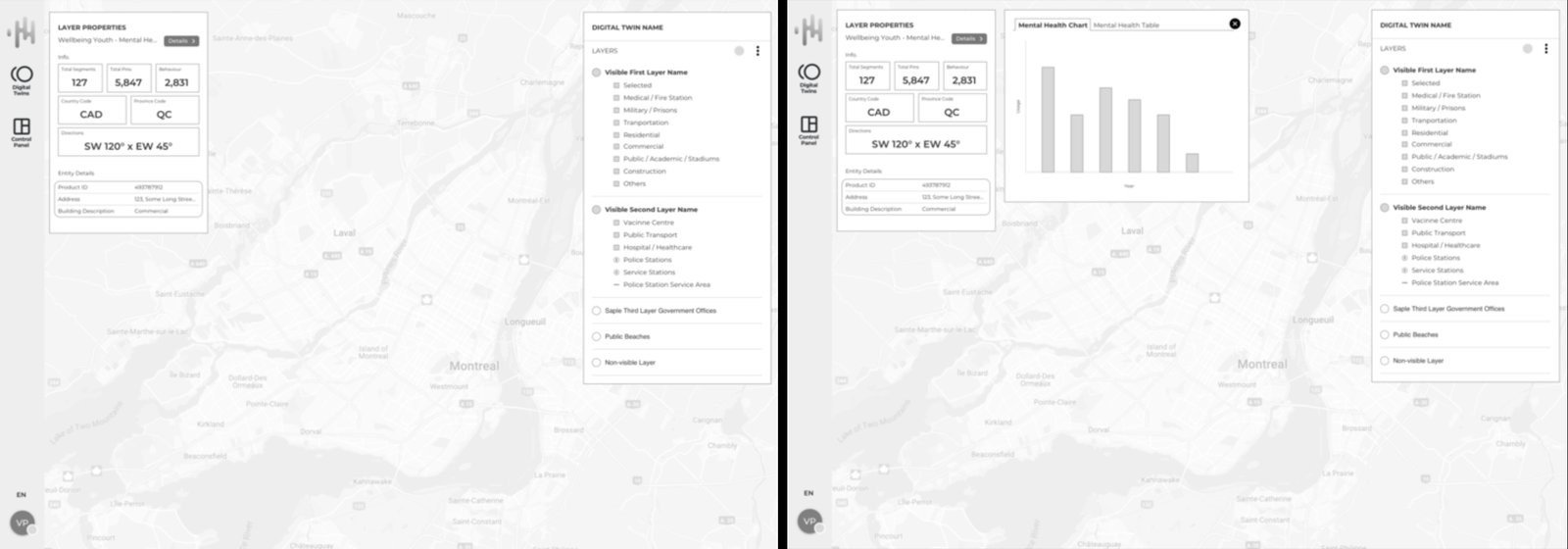
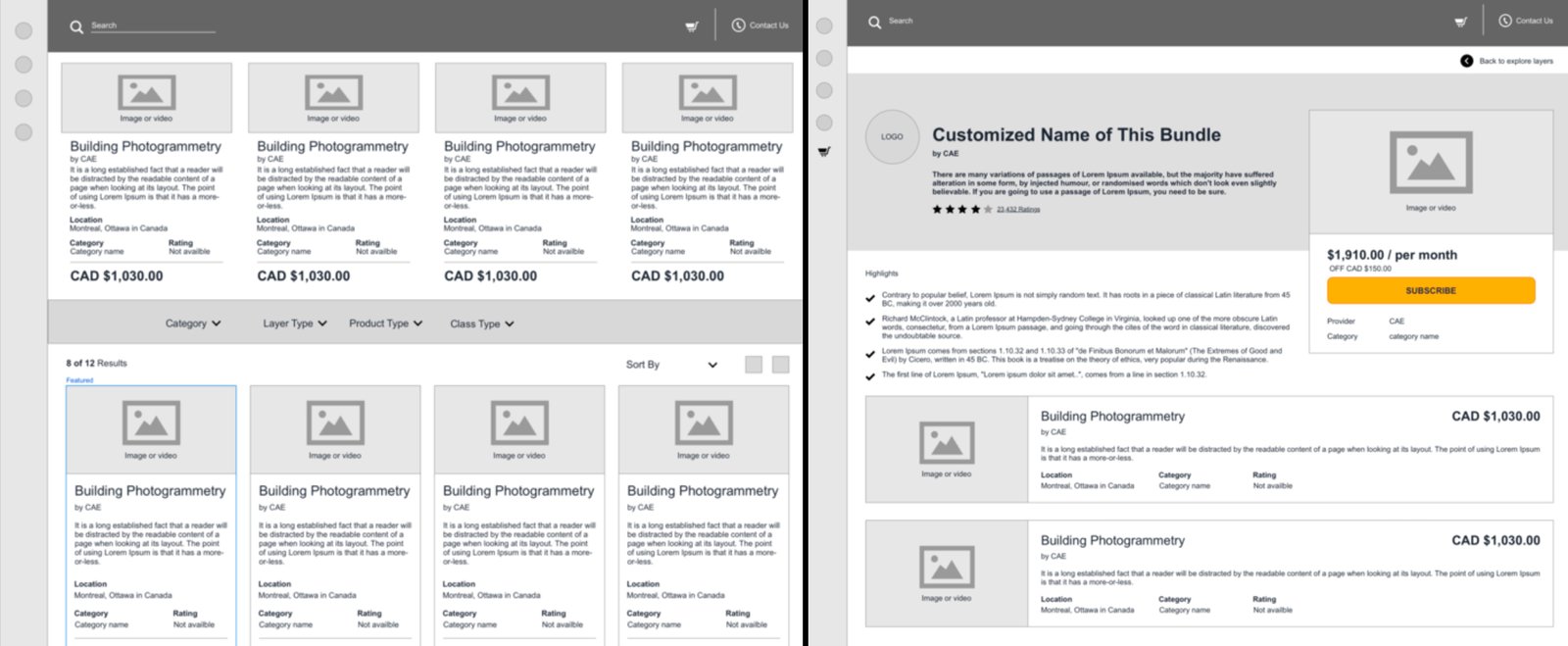
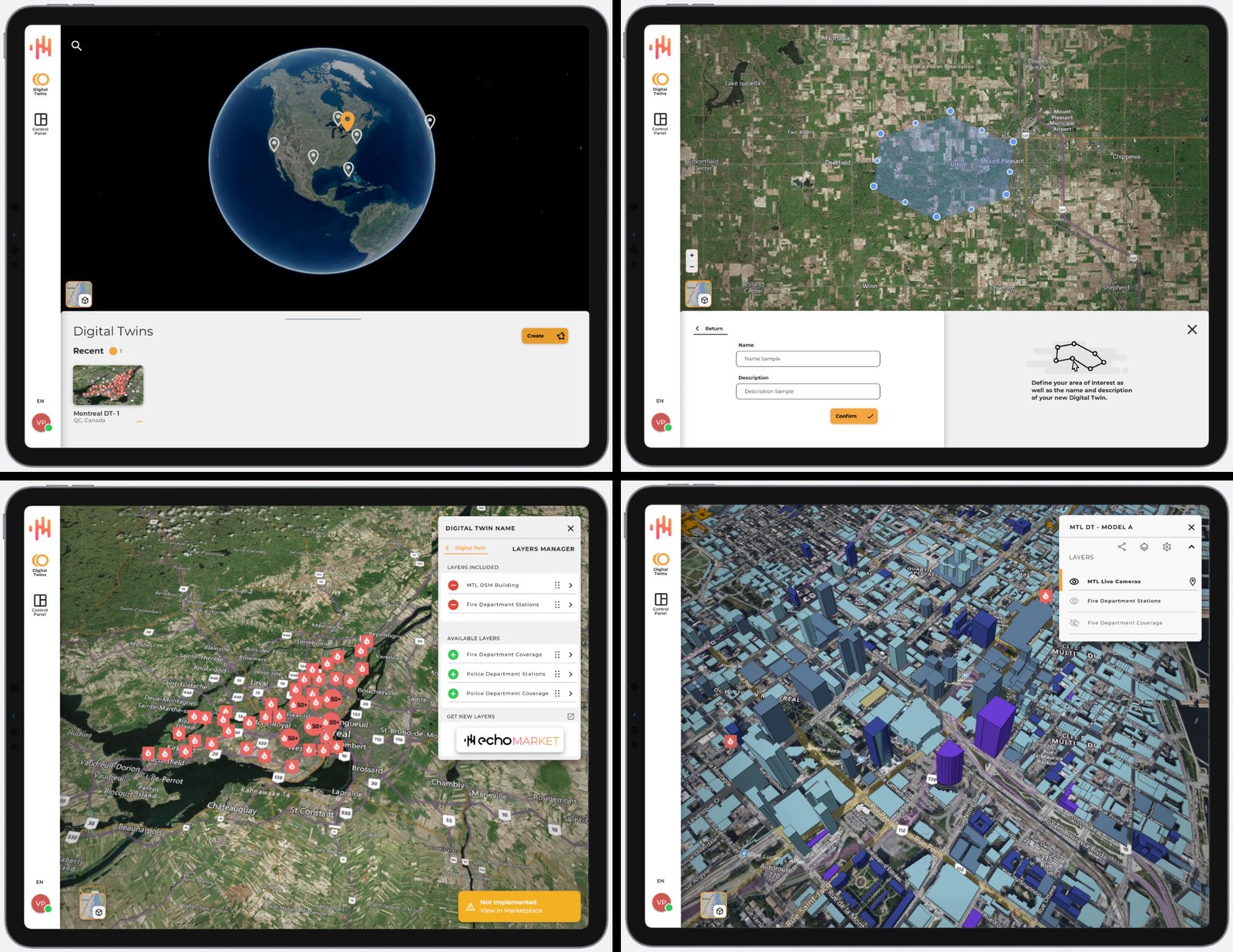
Phase 3: Validation and Iteration
The interactive prototype was put to the test with real users to ensure our design was intuitive, effective, and met their needs.
- Usability Testing: I conducted moderated usability testing sessions where participants were asked to complete a series of tasks, such as identifying a crisis area, simulating an evacuation route, or analyzing urban development data.
- Synthesizing Feedback: The results were overwhelmingly positive. Users commented on the clarity of the interface and the power of visualizing complex data in a 3D environment. We also gathered critical feedback that led to actionable improvements, particularly around the subscription and data-layering features.
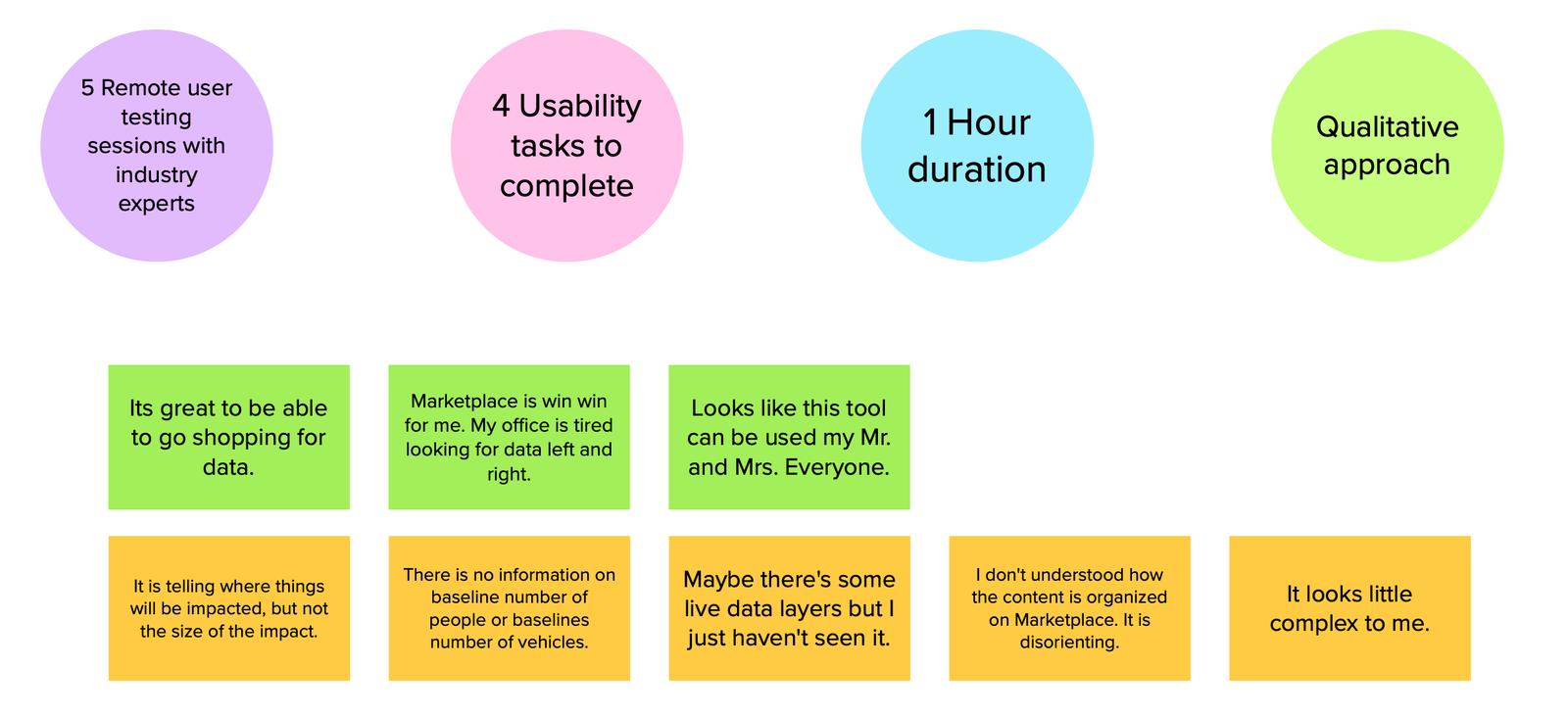
The Solution
The final design for ECHO is a powerful yet intuitive digital twin platform that enables users to make critical decisions with confidence. The interface allows users to seamlessly switch between different data layers, run simulations, and collaborate with team members in a shared virtual environment. The platform successfully translates abstract data into a tangible, visual, and interactive experience, democratizing access to complex urban analytics.
Results and Impact
The user-centered design process was critical to the success of the ECHO project. The feedback from usability testing directly validated our design approach and provided a clear path for future development.
- Positive User Feedback: Participants in testing sessions expressed excitement about the platform's potential and provided positive comments on its ease of use.
- Validated Core Concepts: The core concept of using a digital twin for urban planning and crisis management was successfully validated with our target user group.
- Actionable Insights for Improvement: The testing sessions provided a wealth of actionable feedback that was used to refine the user interface and prioritize the future feature roadmap.